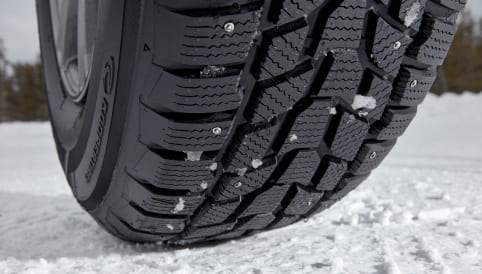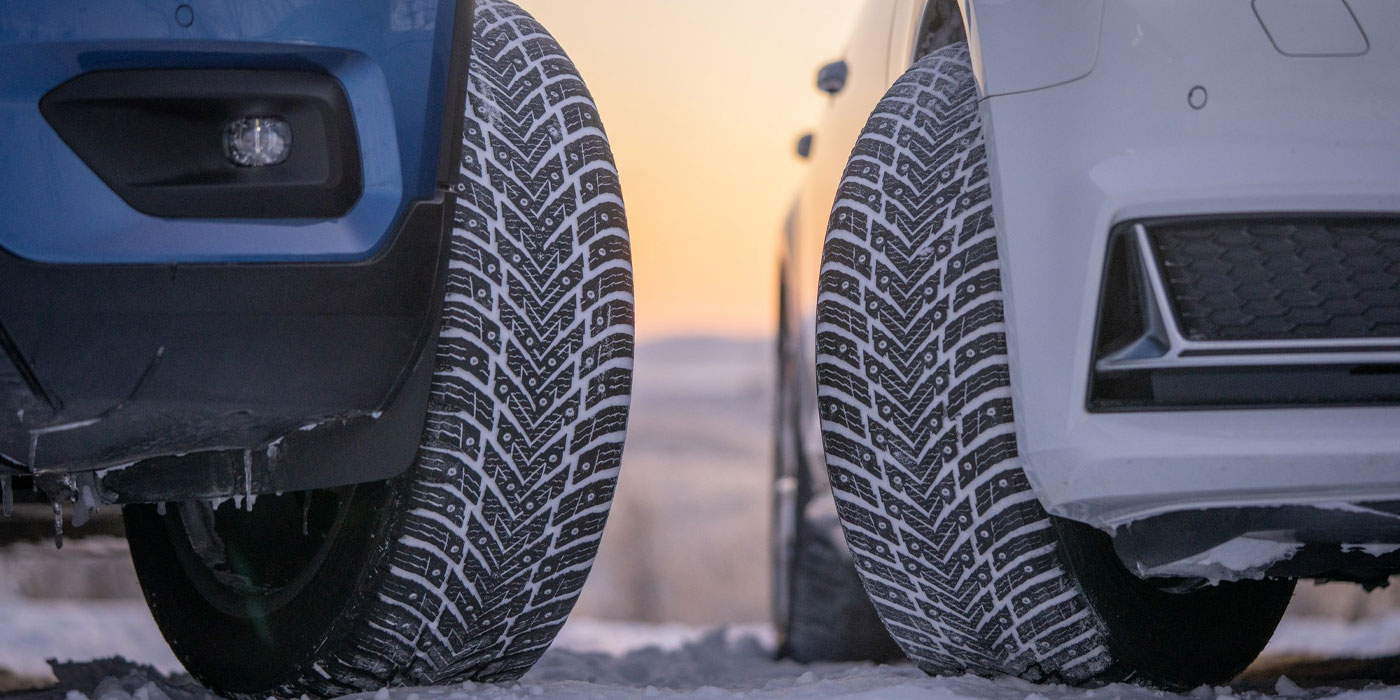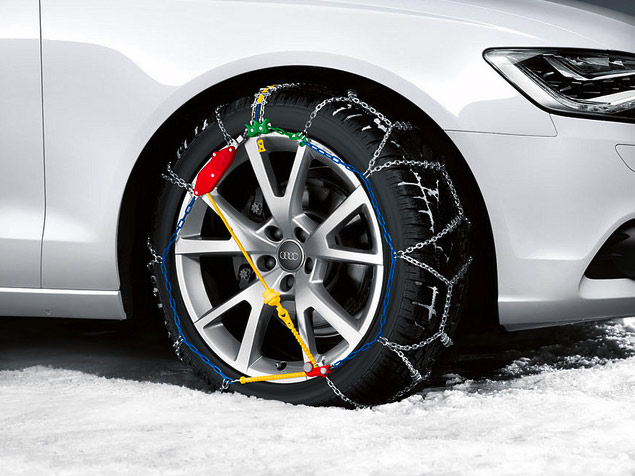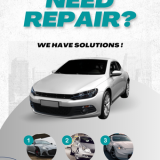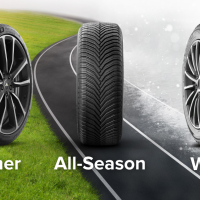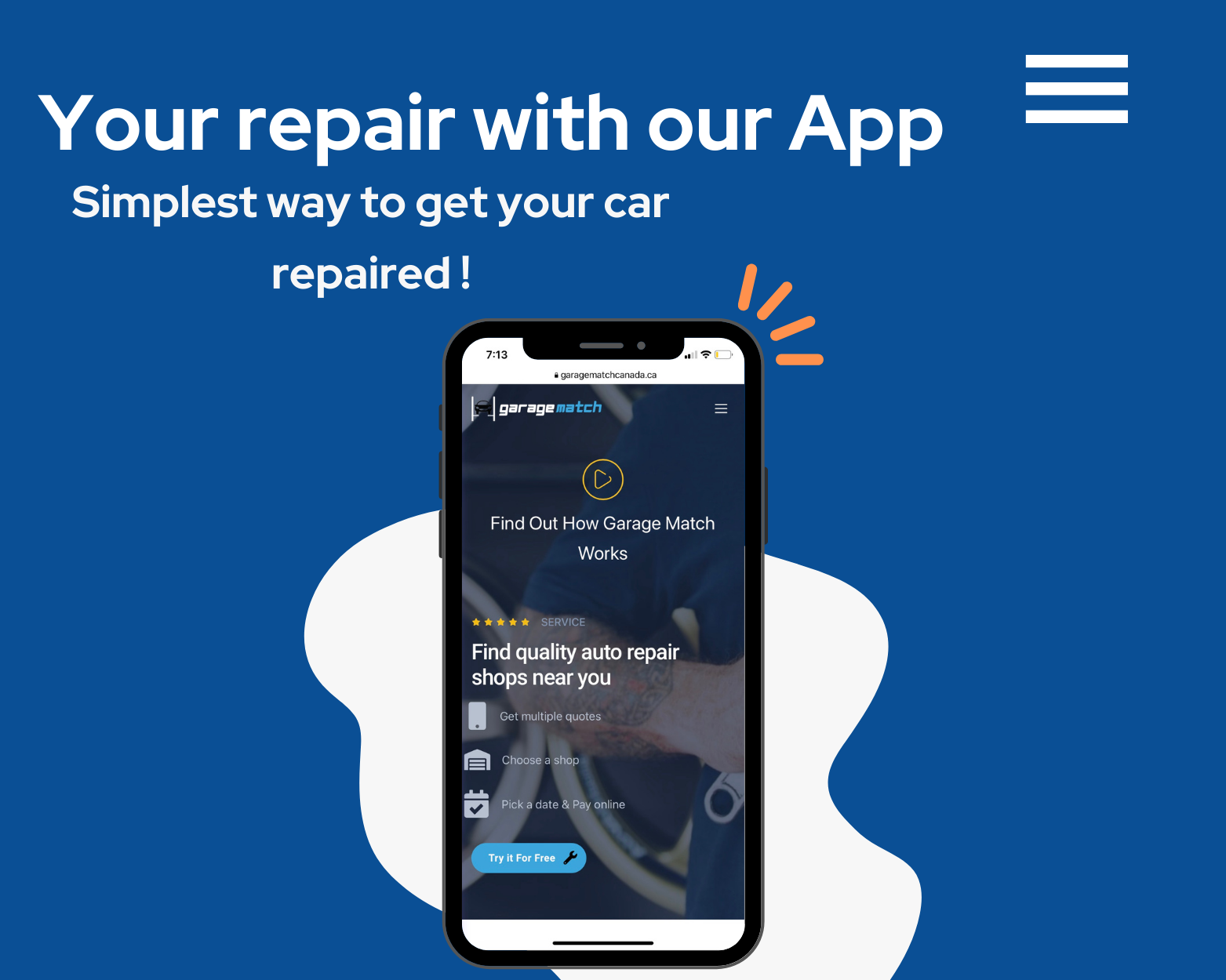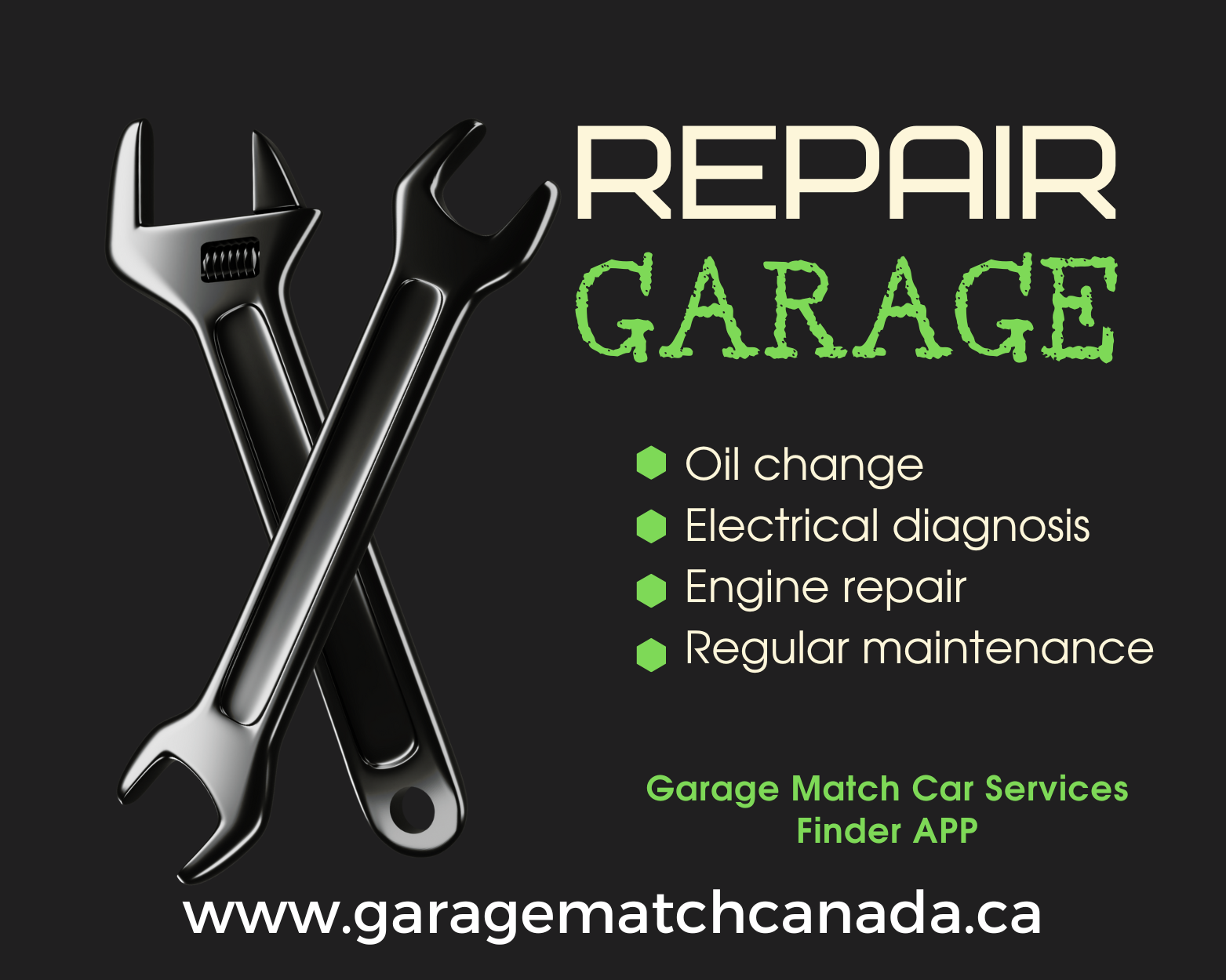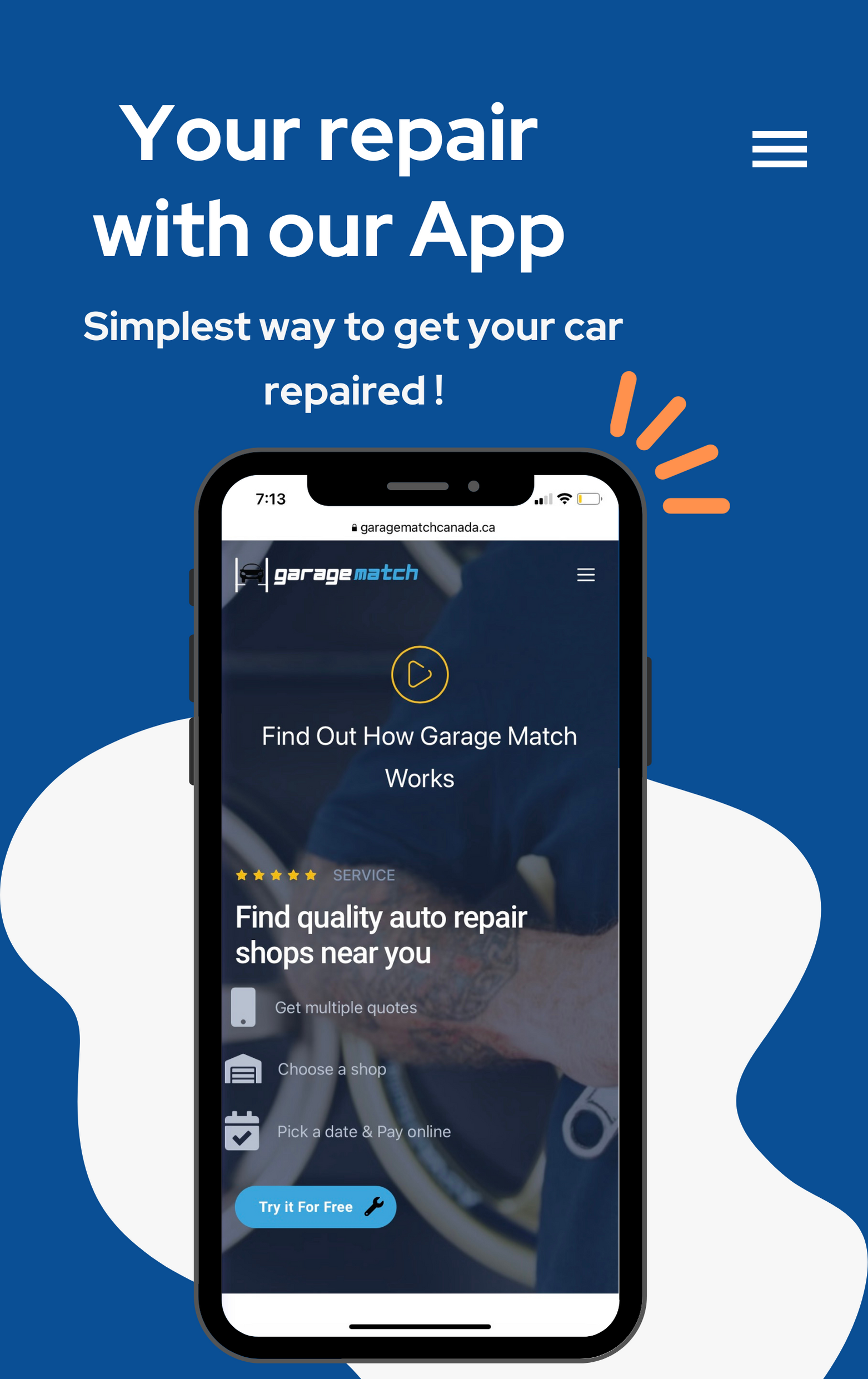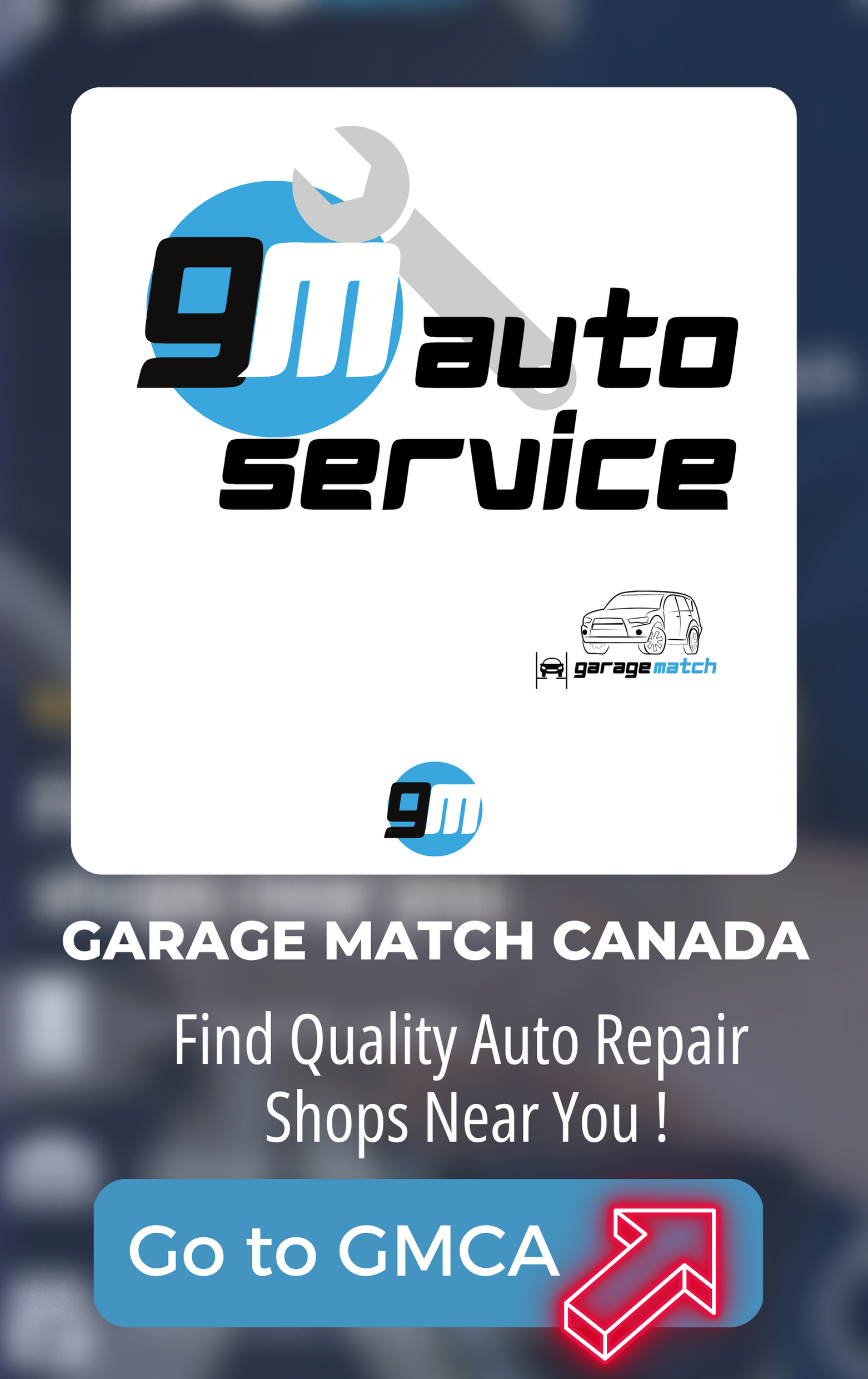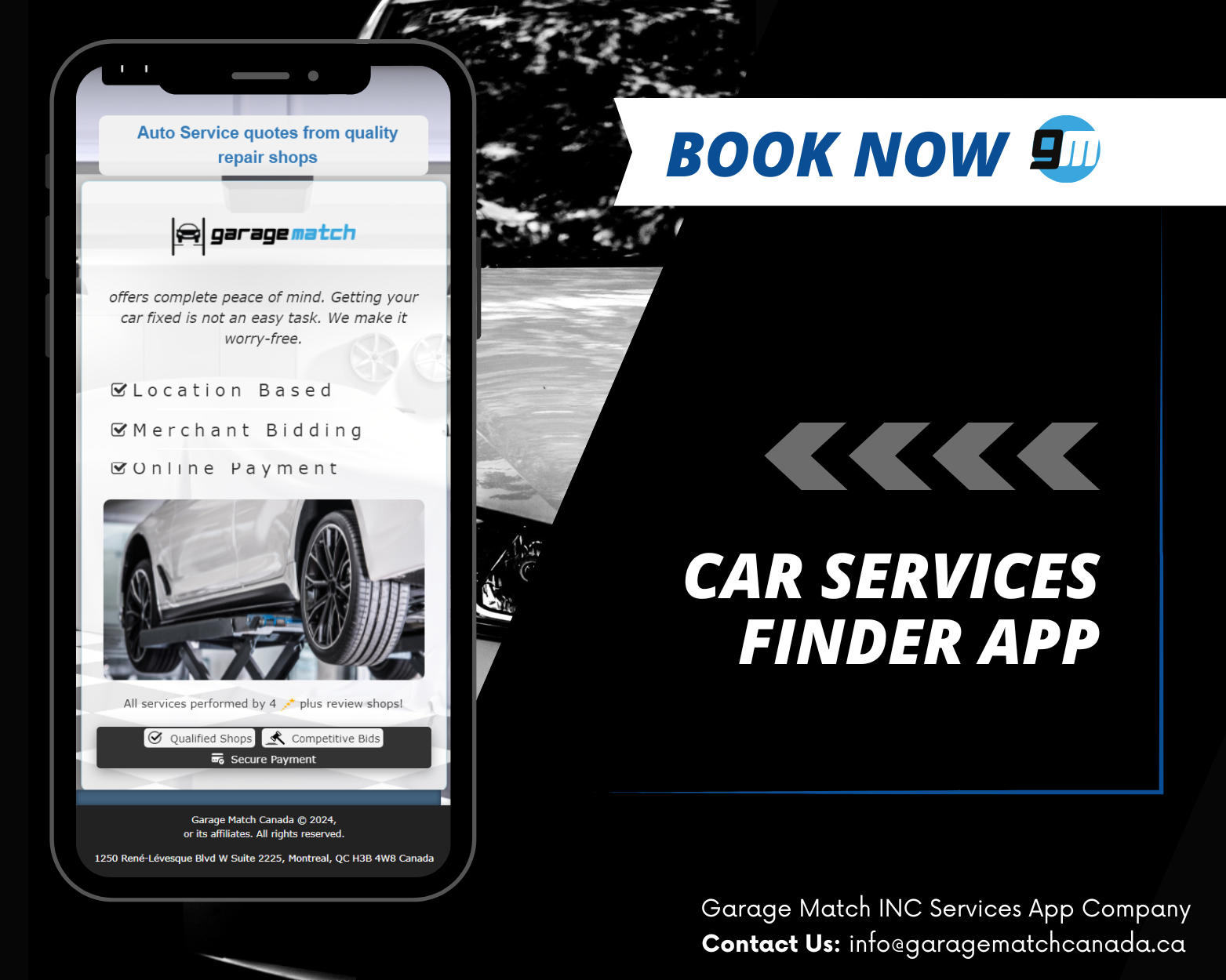Can Studs Be Removed From Tires?
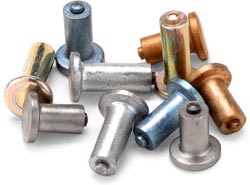
Can Studs Be Removed From Tires?
Tire studs look like short, fat nails with a flat head on the bottom and a tungsten pin on the top. They are inserted flat-head-down into holes molded into the tread design when the tire was manufactured. The extended fingers of a pneumatic stud gun are inserted into the molded holes and expand the tread rubber, insert the stud, and are then withdrawn. This allows the tread rubber to nearly return to its original position and press against the stud, holding it in place. Depending on tire size and tread design, there are typically 80 to 100 studs used in each tire.
Can Studs Be Removed from Snow Tires and Still Be Safely Driven?
If the tires are relatively new, with significant remaining tread depth (more than 7/32-inch), removing the studs will probably be worth the effort. It can be accomplished by lubricating the studs (best to make use of the same tire lube used to mount tires, since other lubricants may actually harm the rubber) on an inflated tire, grabbing the top of each stud with a pair of pliers, and twisting as you pull the stud out.
If the tires are older, with less remaining tread depth (less than 5/32-inch), the studs can still be removed in the manner described above but the reduced tread depth will have already significantly reduced the tires’ ability to bite into snow to provide good winter traction.
Once the studs have been removed, the tires should be submerged in a water tank (as done with tires to locate punctures) or have its tread area sprayed with window cleaner to confirm the absence of bubbles (the presence of continuing bubbles would indicate that the removal process punctured the tire and was allowing air to escape). The tire should be rinsed with water and installed on the vehicle after setting the tire inflation to the pressure indicated on the vehicle placard.
While the tire can be used if no bubbles are seen, its air pressure should be checked daily for a few days and once a week for the first month to assure that there are no slow leaks.


